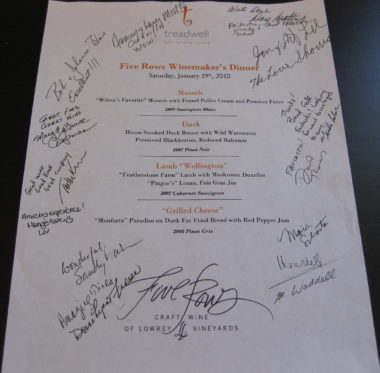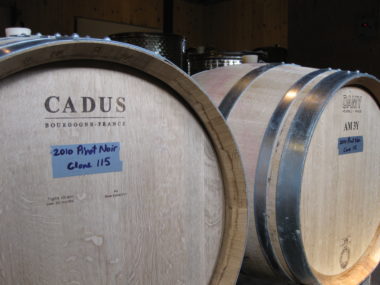As we head into the summer season, I would once again like to extend an open invitation to all wine lovers. Please do join us for a tasting over the coming months during our weekend retail hours (11-5). It’s an exciting time at Five Rows, as we’ve just released our 2008 Shiraz, 2008 Pinot Noir, 2010 Sauvignon Blanc and 2010 Pinot Gris. The weekend barn traffic has ramped up dramatically in recent weeks and there has been a very positive response to our new products. Anyone wishing to reserve a case, please call or email sometime soon. History has shown us that these wines will not be around very long!




